Home > Technologies > Virtual Reality (VR) & Augmented Reality (AR) Technology
Virtual Reality (VR) & Augmented Reality (AR) Technology
Virtual reality (VR) and augmented reality (AR) are two important interactive technologies that can change users' perception and experience.
What Are Virtual Reality (VR) and Augmented Reality (AR) Technologies?
Virtual Reality (VR)
Virtual Reality is a technology that simulates virtual environments, allowing users to immerse themselves in these environments and interact with them. This is typically achieved through devices such as head-mounted displays and sensors, like the Oculus Rift and HTC Vive.
Augmented Reality (AR)
Augmented Reality is a technology that overlays digital information on the real world, enhancing users' perception of the real world and creating an enhanced, mixed reality experience.
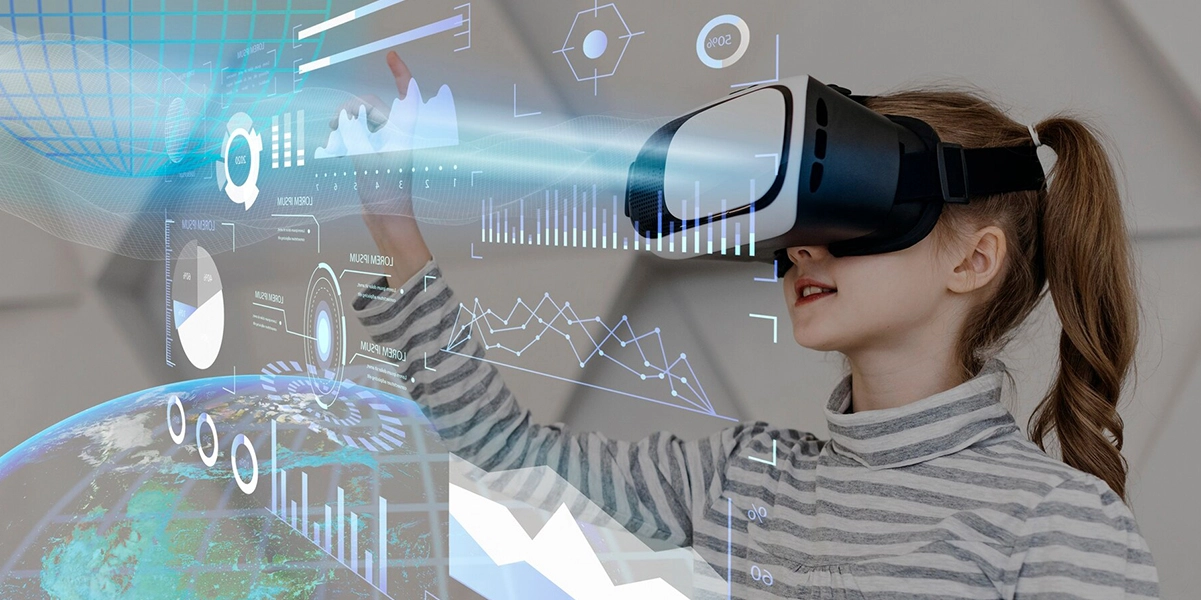
Categories of Virtual Reality (VR) and Augmented Reality (AR) Technologies
Categories of Virtual Reality (VR) Technology
1. Head-Mounted Displays (HMDs)
Users wear head-mounted devices to immerse themselves in virtual environments.
2. Panoramic Displays
It is similar to surround cinemas, users experience virtual reality through panoramic environments they are situated in.
3. Desktop VR Devices
Devices like VR glasses allow users to experience non-immersive virtual environments on their computer desktop.
Categories of Augmented Reality (AR) Technology
1. Projection-based AR
Projects virtual elements into the real world, commonly used for displays and presentations.
2. Screen-based AR
Uses screens (like smartphones and tablets) to display virtual content, as seen in AR games like Pokémon GO.
3. Head-Mounted AR
It is similar to VR head-mounted devices but overlays virtual content onto the user's real-world view.
Applications of Virtual Reality (VR) and Augmented Reality (AR) Technologies
Categories of Augmented Reality (AR) Technology
1. VR Gaming Experience
Players can fully immerse themselves in game worlds through VR headsets, such as in "Beat Saber" and "Resident Evil 7: Biohazard."
2. Virtual Labs
Students can simulate chemical and physical experiments in virtual reality, enhancing practical skills.
3. Virtual Surgery Simulation
Doctors can simulate surgical procedures in virtual reality to improve surgical skills and decision-making.
4. Virtual Art Exhibitions
Art enthusiasts can appreciate artworks in virtual reality environments, experiencing the artists' creative intent.
Applications of Augmented Reality (AR)
1. Enhanced Navigation
AR navigation apps overlay route directions onto the user's real environment, providing a more intuitive navigation experience.
2. Real-time Translation
AR apps can recognize text and overlay translations, aiding users in understanding foreign language texts.
3. AR Labs
Students can use AR apps for virtual simulations of chemistry, physics, and other experiments, improving safety and efficiency.
4. AR Games
Games like "Pokémon GO" allow players to catch virtual creatures and battle in the real world.
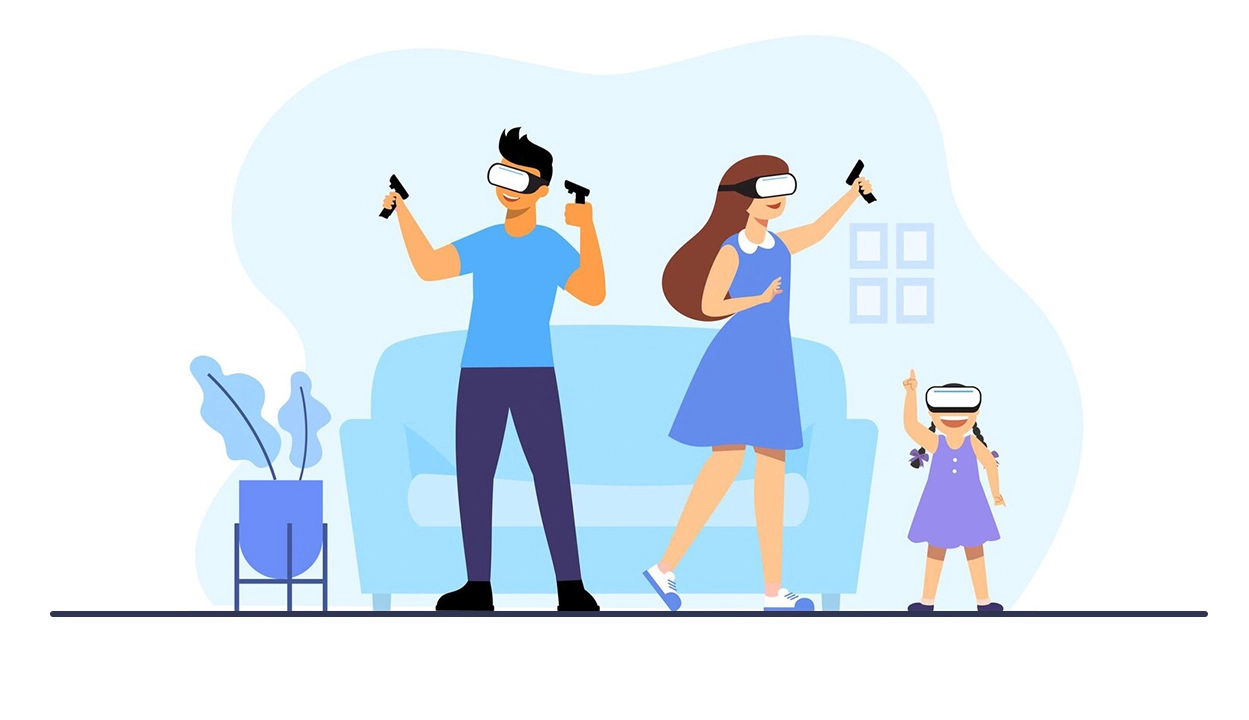
Explore the limitless business opportunities brought by VR and AR technology together with EIPEKS.
Relevant Technical Expertise
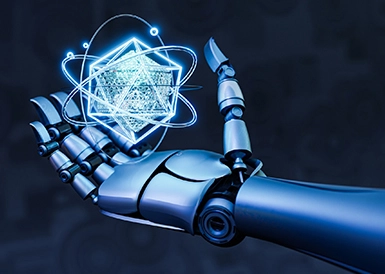
Intelligent Sensing Technology
Whether it is computer vision, speech recognition, or sensor technology, we can fully meet the needs of your project.
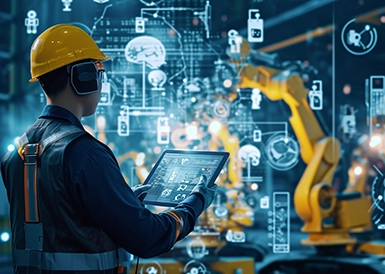
Automation Technology
Our automation technology provides reliable solutions for your production process with its leading intelligent system and precise operation management.
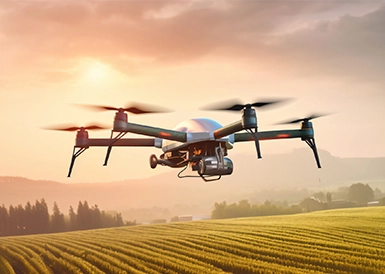
Intelligent Technology
We offer the most advanced artificial intelligence algorithms and highly customized solutions to help you quickly achieve digital transformation.

